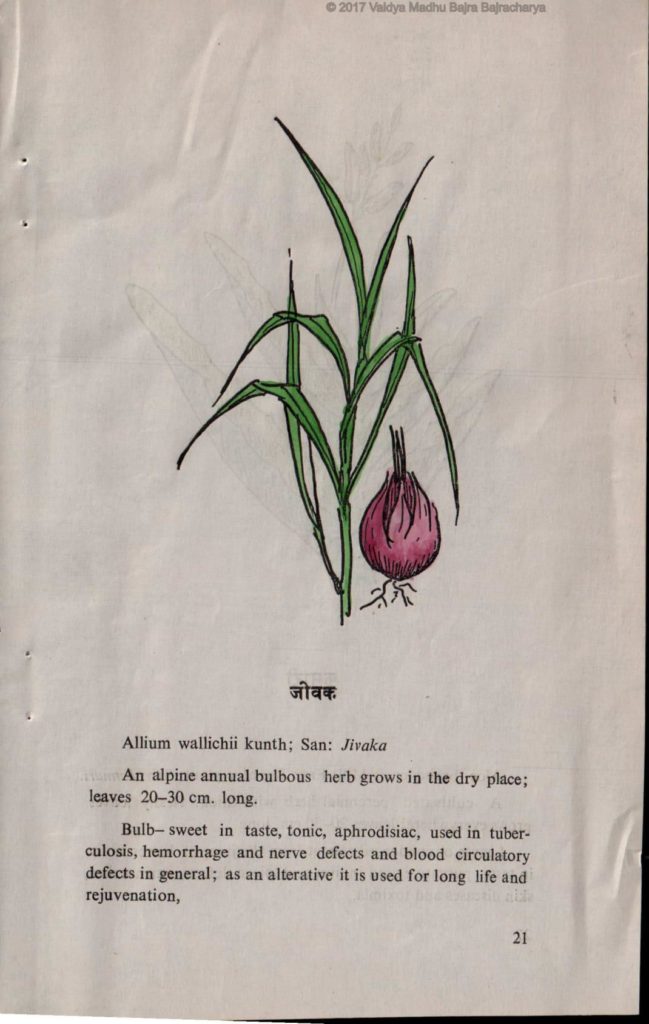Latin: Allium sativum
Sanskrit: Lasunam
Chinese: Da suan
WHAT IT DOES: Garlic bulb is pungent in taste, and warming in action. It penetrates deeply into the system to protect the internal organs and vessels against infection and blockage. It stimulates appetite, improves circulation, fights infection, breaks up mucus and aids in the digestion of fats and oils.
RATING: Gold
SAFETY ISSUES: Use cautiously with sensitive stomach or gastrointestinal inflammation. May cause skin inflammation in some individuals. Check with your doctor if taking blood-thinning medications and using garlic in large daily amounts
STARTING DOSAGE:
• Raw or cooked herb: one medium-size bulb two to three times per day.
• Garlic pills or capsules – as per label, as preparations vary greatly in strength

Garlic bulb is one of the most effective anti-microbial herbs, with anti-bacterial, anti-fungal and anti-viral properties. It acts on respiratory infections such as chronic bronchitis, respiratory catarrh and recurrent colds and flu, and is a powerful preventative for these conditions as well as for digestive infections. Garlic lowers blood pressure and blood cholesterol and triglyceride levels, prevents arteriosclerosis and acts as a tonic on the cardiovascular system (Steiner et al., 1998). It also strengthens the immune system and has anti-cancer effects, causing lymphocyte proliferation, cytokine release, NK activity and phagocytosis in both in vitro and in vivo studies. Aged garlic may be superior to the fresh herb in these aspects (Sumiyoshi, 1997). Ayurvedic doctors point out that excessive use can over-balance Pitta energy, causing inflammation.
TCM doctors report that garlic is useful for increasing sexual energy and combating simple impotence, and to kill parasites such as hookworms and pinworms. It relieves intestinal toxicity, and is used to treat diarrhea and dysentery caused by poor digestion or worms. It can be mixed with sesame oil and applied topically to the skin to reduce toxic swelling or fungal infections, or to the ear for fungal infections (Pai and Platt, 1995), but remember that too strong a preparation may burn the skin.
Research Highlights:
• Thousands of years ago, TAM doctors reported garlic useful for combating worms, skin diseases, insanity, epilepsy, and abdominal and gastric tumors. Scientists at the National Cancer Institute confirmed the latter use when they reported that “infection with H. pylori is a risk factor, and garlic may be protective in the development and progression of advanced precancerous gastric lesions” (You et al., 1998).
• Pharmacological and animal experiments show that garlic bulb and aged garlic extracts have anti-allergy effects (Kyo E et al., 1997), reduce intracellular oxidative stress (Ide and Lau, 1999), antitumor activities (Kyo E et al., 1998, Lamm & Riggs, 2000, Lau BH et al., 1991), lower blood pressure et al., 1998), strenghten immune response (Salman H et al., 1999, Gao YM et al., 1993), cancer preventive action (Tang Z et al., 1997), and lower cholesterol (Morcos NC. 1997).
